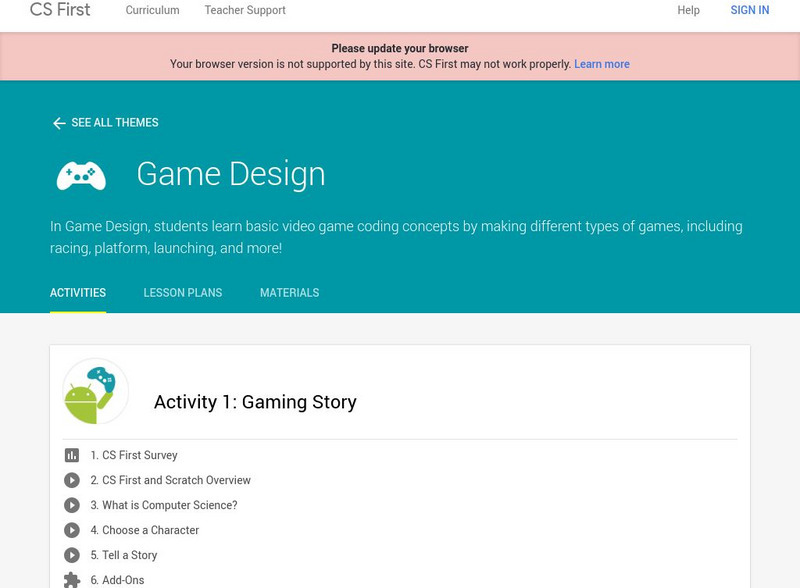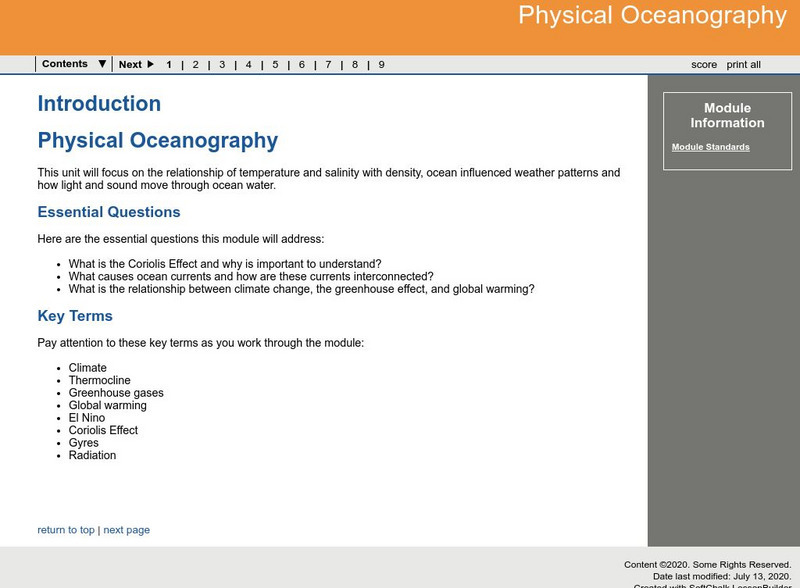New York State Education Department
TASC Transition Curriculum: Workshop 13
The six instructional shifts in this workshop definitely move math and science teachers' understanding of instruction. The workshop, 13th out of a series of 15, asks participants to examine sample tests and to look at how the six...
Transforming Education
Self-Efficacy Toolkit
A PowerPoint presentation prepares instructors for teaching learners about self-efficacy, a key competency of social-emotional learning. The 29-page presentation is designed to give administrators and teachers a deeper understanding of...
Vision Learning
Visionlearning: Earth Science: Plate Tectonics Ii: Plate Boundaries and Forces
Instructional module focusing on plate tectonics. Discussion includes plates, plate boundaries, and driving forces. Site also includes an interactive practice quiz and links relating to the topic.
Vision Learning
Visionlearning: Earth Science: Rocks and Minerals: Defining Minerals
Instructional module focusing on minerals. Discussion includes chemical composition, chemical structure, and the formation process. The site also includes an interactive practice quiz and links relating to the topic.
Science Buddies
Science Buddies: Project Ideas: Plan a City of the Future With Sim City
In this video and computer games science fair project, design and build a city of the future using SimCity. The Science Buddies project ideas are set up consistently beginning with an abstract, objective, and introduction, followed by a...
Science Buddies
Science Buddies: Project Ideas: Make a Phonograph From Everyday Items
In this physics science fair project, the student will use common materials to play back sound from a vinyl record album. The student will investigate what kinds of materials produce the best sound. The Science Buddies project ideas are...
Vision Learning
Visionlearning: Earth Science: The Hydrologic Cycle: Water's Journey
Instructional module focusing on the hydrological cycle. Discussion includes the movement of water through the different reservoirs on earth and its impact on climate and weather patterns. Site also includes an interactive practice quiz...
Other
Peoples Education: Make Inferences in Science [Pdf]
This online textbook selection focuses on how scientists make inferences from evidence. Students are given a reading passage about underwater exploration and are asked to make inferences based on the text. The passage is followed by...
Other
Cornerstone Networks: Fourth Grade Science Lesson 1
This site, designed as a fourth-grade lesson, focuses on the earth's atmosphere with information on prevailing winds.
Other
Community Resources for Science: Seeing Is Believing?
This lesson plan focuses on the parts of our bodies that we use to see and how the brain actually causes changes in what we see. Specific instructions and talking points are provided along with multiple activities for the students to...
Google
Cs Education at Google: Cs First: Fashion & Design Theme
A set of eight activities that teach students basic computer science concepts using the programming language Scratch. Includes lots of additional supports for teachers. All materials are free and teachers sign in to create a class. This...
Google
Cs Education at Google: Cs First: Game Design Theme
A set of eight activities that teach students basic computer science concepts using the programming language Scratch. Includes lots of additional supports for teachers. All materials are free and teachers sign in to create a class. This...
Georgia Department of Education
Ga Virtual Learning: Physical Oceanography
A student learning module with a focus on the relationship of temperature and salinity with density, ocean-influenced weather patterns, and how light and sound move through ocean water.
Extreme Science
Extreme Science: How Old Is the Earth?
We say Earth is 4.6 billion years old, but how do we know? How do we measure its age? This article focuses on these questions and how long life has been on Earth.
Harvard University
Harvard Smithsonian: Everyday Classroom Tools
The focus of this series of lessons is to engage students in an exploration of the world around them. The emphasis is on inquiry as students learn about the earth, sun, light, shapes and more.


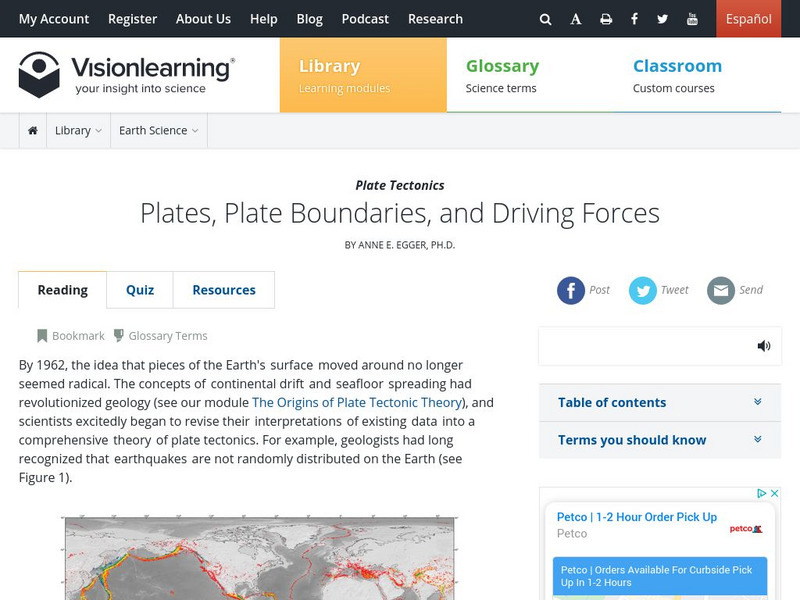

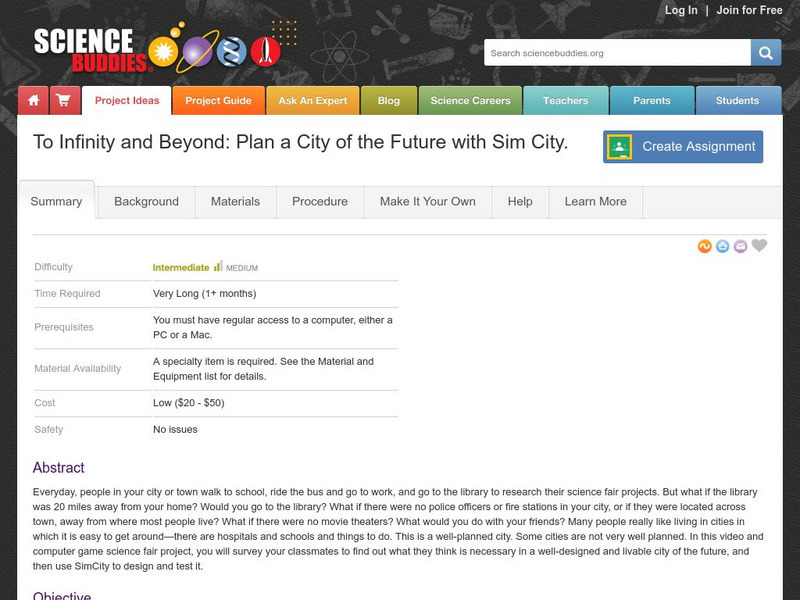
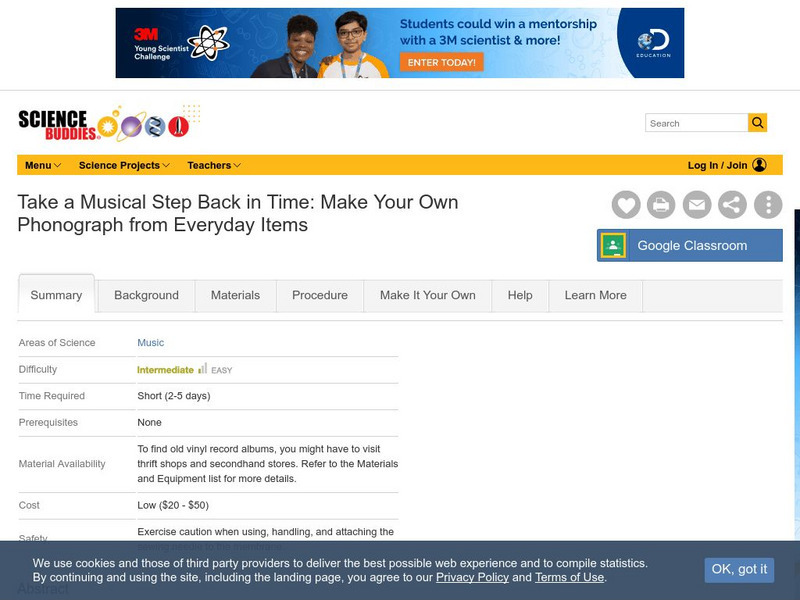

![Peoples Education: Make Inferences in Science [Pdf] eBook Peoples Education: Make Inferences in Science [Pdf] eBook](https://static.lp.lexp.cloud/images/attachment_defaults/resource/large/FPO-knovation.png)

